The DC Servo Motor is a torque transducer that converts electrical energy into mechanical energy.
The torque developed on the motor is directly proportional to the field flux and Armature current.
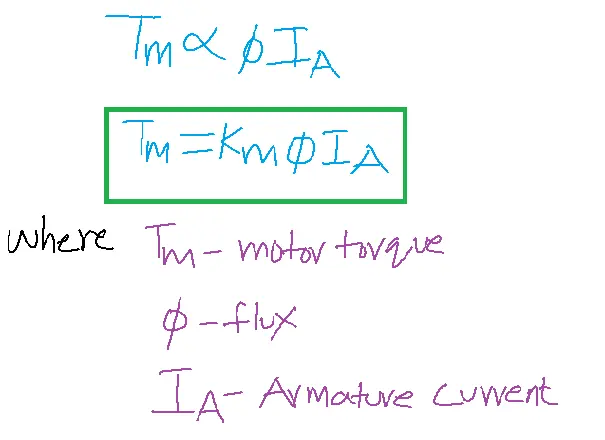
In addition to the torque, the conductor moves in a magnetic field, and voltage is generated across its terminals which opposes the current flow hence it is known as back emf.
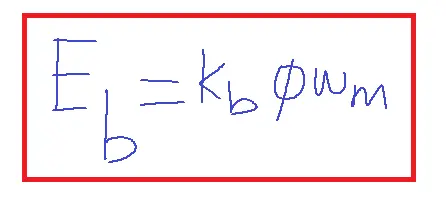
Where wm is the angular velocity.
Table of Contents
The DC Servo Motors are classified into two types:
1. Field control DC Servo motor
2. Armature control DC Servo motor
Field control DC Servo Motor:
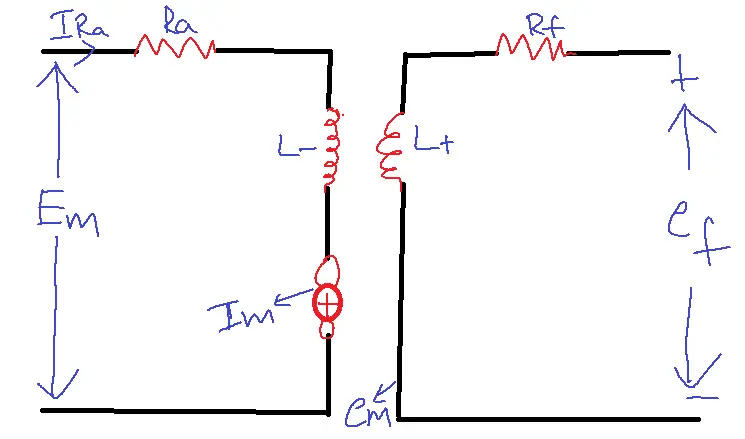
Assumptions:
1. Constant armature current is fed into the motor, IA=constant.
2. Flux is directly proportional to field current.
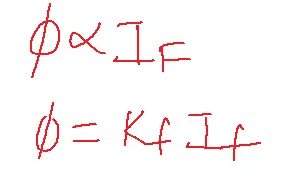
3. The product of armature current and flux determines the torque.
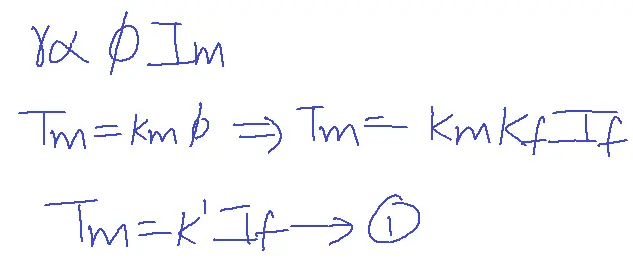
4. Apply KVL to the field current:
ef=IfRf+Vf d/dt
5. The torque(Tm) is employed in driving the load against inertia and frictional torque.
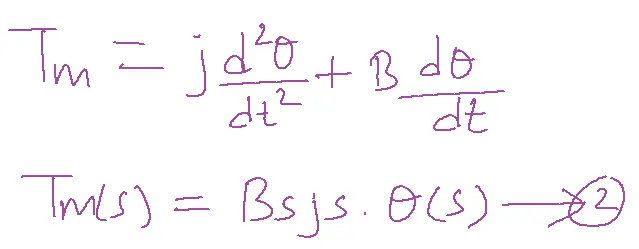
Equate 1 and 2
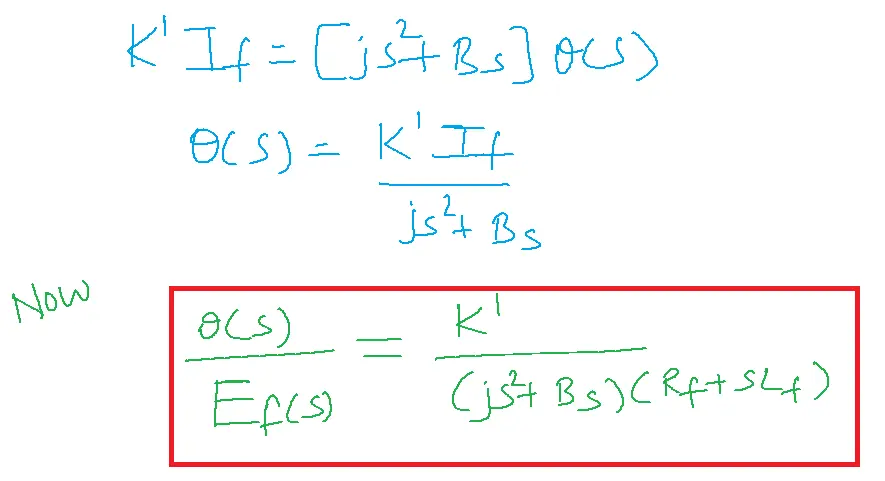
Armature control DC Servo Motor:
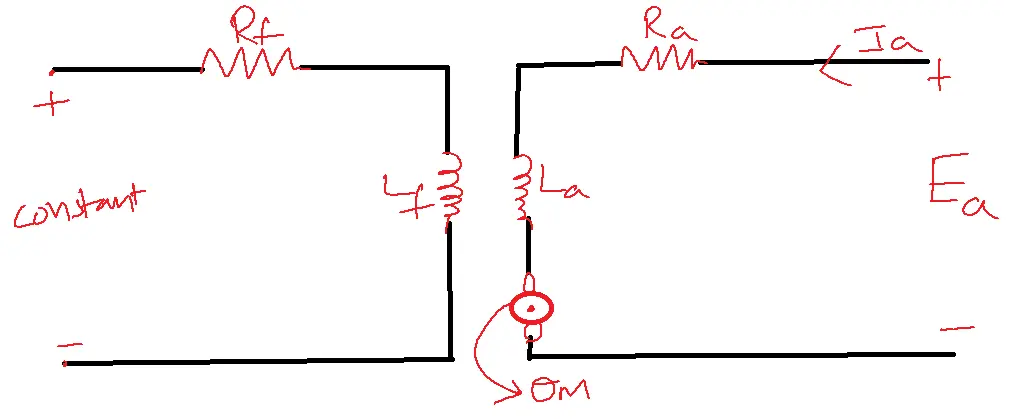
Assumptions:
1. Field current is constant
2. Flux is directly proportional to the current through the field winding.
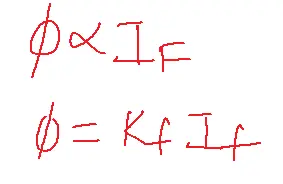
3. The torque produced is proportional to the flux and armature current.
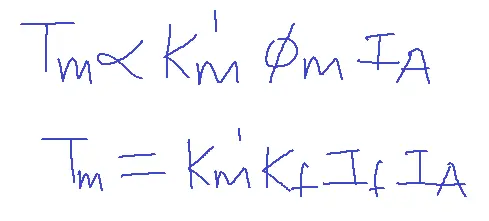
4. The back emf produced in the field winding is directly proportional to shift velocity.
We know that
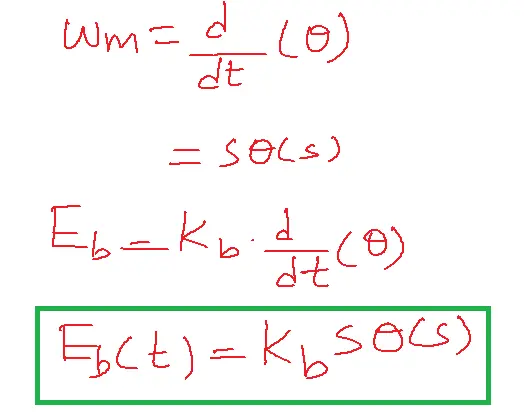
5. Apply KVL to the armature circuit
Ra=Iaka+Ladia/dt+Rb
ea=IaRa+La.dt
from the motor
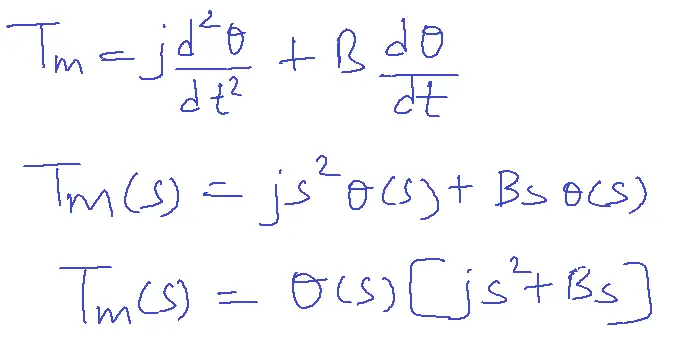
Advantages of DC Motor:
- Higher Output Power: A servo motor generates a lot of power output. You can compute the output independently if you enjoy solving complex mathematical problems, or you can delegate the task to a servo drive.
- Accelerated Torque: When comparing the features of a servo and stepping motor, you will observe that the high torque ratio of the servo motor enables it to accelerate loads. To provide a consistent pace, gearboxes are used in addition to the engines to supply the higher torque.
- Accurate and Efficient: Everyone wants to ensure that information is correct, and servo motors excel at that. Its precision is achieved by a motor that rotates and transmits a signal to its location and speed drive. The precision of the encoder ensures that everything works as intended.
- Temporary Period Management: A great feature of a servo motor is that it just consumes the power required, which means it won’t expend extra energy and can use power and torque effectively for shorter amounts of time.
Disadvantages of DC Motor:
- Complex Controller: The motor can be difficult to control. Finding the proportional integral derivative (PID) parameters is necessary for making modifications, and this may prove to be a challenging task for certain individuals.
- Possible Harm from Excessive Workload:
Due to its max torque limitation of only 1% duty cycle, a motor may be more prone to overload-related damage.
Increased Price:
Finally, the cost of installing a servo motor system is most likely higher than that of a stepper motor. Under situations where speed and precision are less crucial, a stepper motor could be your best option. A servo is worth the additional cost, though, for tasks that need more effort.
Applications of DC Servo Motor:
A handful of the many uses for servo motors, which are attributed to their exact control and accuracy, are given below:
Aviation Manufacturing Industry
Automation Industry
Robotic Industry
Pharmacy
Food Services
Radio-controlled cars and toys
Metal cutting and forming machine equipment use DC servo motors.
These are employed in the following fields: wafer spinning, printing, packing, woodworking, textiles, twine or rope manufacture, CMM (Coordinate measurement machines), handling materials, floor polishing, opening doors, X-Y tables, and medical equipment.
These motors are employed in aircraft control systems when high power output per unit volume is required due to weight and space constraints.
These are helpful when a strong starting torque is needed, such as with blower drives and fans.
Related FAQs
Q1: What is a DC servo motor and how does it differ from a regular DC motor?
- DC servo motors are distinguished by their ability to precisely control position, velocity, or acceleration, setting them apart from standard DC motors.
- It features a feedback mechanism (often an encoder) to monitor its output constantly and adjust accordingly.
- This differentiates it from regular DC motors, typically used for simple, continuous motion tasks.
Q2: What are the main applications of DC servo motors in ECE projects?
- DC servo motors are widely used in ECE projects that demand accurate and responsive motion control.
- Common applications include robotics (joint movement, manipulator arms), industrial automation (conveyor systems, pick-and-place machines), and precision instruments (medical devices, telescopes).
Q3: How do I choose the right DC servo motor for my ECE project?
- Selecting the ideal DC servo motor involves considering the required torque, speed, accuracy, and physical size constraints.
- Consulting the motor’s datasheet and using online servo motor calculators can help determine the best match for your project’s specifications.
Q4: What are the advantages and disadvantages of using DC servo motors in ECE projects?
- DC servo motors offer precise control, rapid response, and high efficiency, making them ideal for applications demanding accurate motion.
- However, they can be more complex and costly relative to regular DC motors. Careful consideration of the project’s requirements is crucial.
Q5: How do I interface a DC servo motor with a microcontroller in an ECE project?
- Interfacing a DC servo motor with a microcontroller typically involves using a motor driver circuit (e.g., H-bridge) to control the motor’s direction and speed.
- Pulse-width modulation (PWM) signals from the microcontroller are commonly used to regulate the motor’s output.
